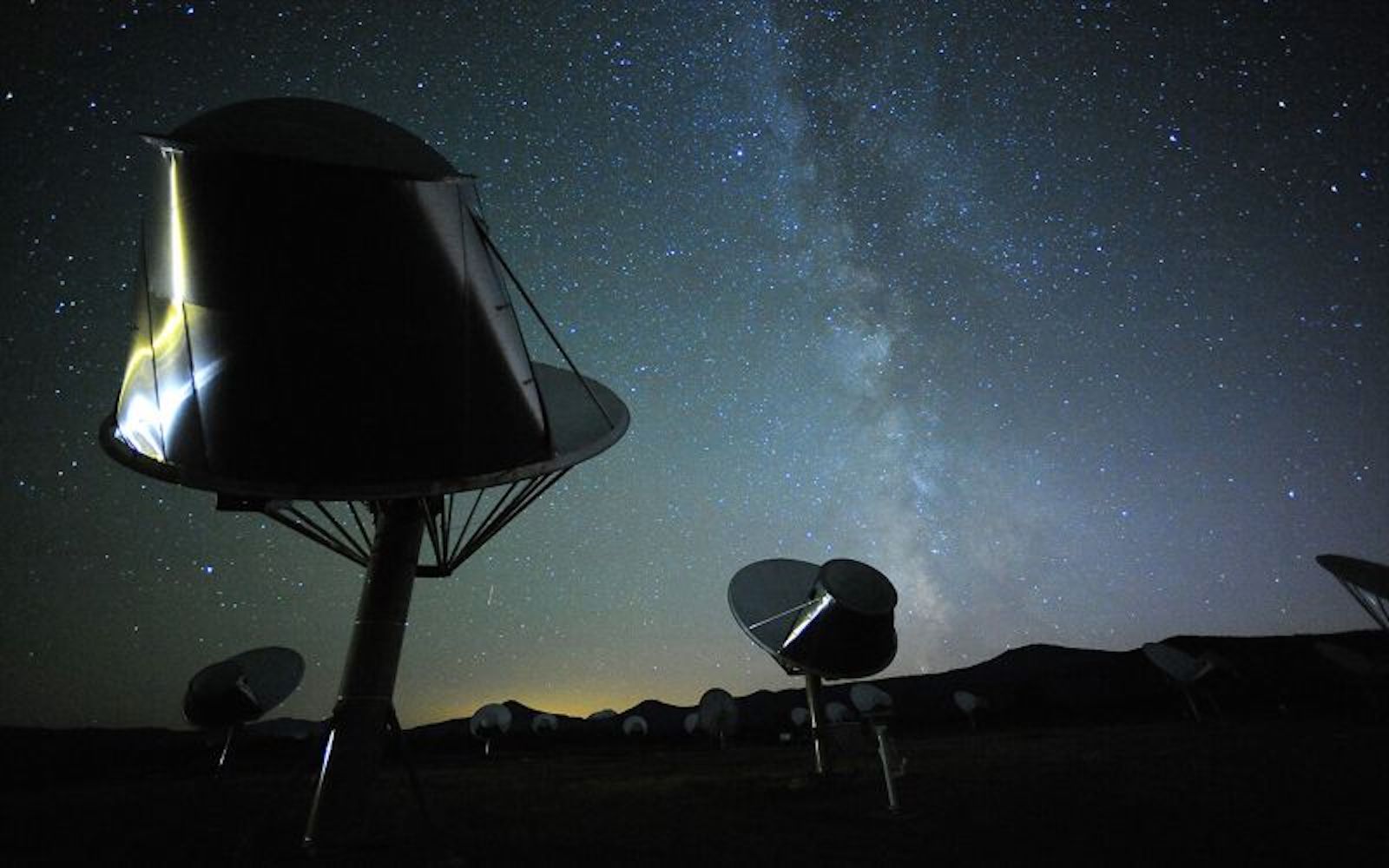(CNN) — Fast radio bursts, or bright millisecond-long flashes of radio waves in space, are one of the most enduring mysteries of the cosmos, and they’ve become a little stranger.
The first fast radio burst, or FRB, was discovered in 2007, and since then hundreds of fast, intense events have been detected from distant points across the universe. In a millisecond, the explosions produce as much energy as the Sun produces in a year or more. According to previous research.
But astronomers don’t understand what causes them.
Now, scientists have noticed a strange, never-before-seen pattern in a series of fast radio bursts called FRB 20220912A. A study was published Wednesday in the journal Monthly Notices of the Royal Astronomical Society Describes the discovery, which provides valuable clues to researchers trying to identify the source of the phenomenon, while introducing new puzzles to unravel.
Astronomers detected the burst using the California-based SETI Institute’s Allen Telescope Array, or ATA, which includes 42 antennas at the Hot Creek Radio Observatory in the Cascade Mountains.
The team detected 35 fast radio bursts from the same source over a two-month period.
Many FRBs emit radio waves that last only a few milliseconds before fading, making them difficult to observe. however, Some radio bursts are repeated and releasing follow-up bursts that allowed astronomers to monitor the signals to distant galaxies.
At first, FRB 20220912A appeared like other known “repeaters,” with each detected burst moving from higher to lower frequencies.
But a closer examination of the signal revealed something new: a significant drop in the center frequency of the explosions, which acted like a sky whistle.
The fallout became even more apparent when the researchers converted the signals into sounds using the notes of the xylophone. High notes correspond to the beginning of bursts, while low notes serve as final tones.
The team tried to determine if there was a pattern between each burst, similar to other known fast radio bursts. But researchers They couldn’t find anything In the case of FRB 20220912A, it suggests that celestial events can also be unpredictable.
“This work is exciting because it confirms known properties of FRBs and discovers new ones,” says lead author of the study and postdoctoral researcher Dr. Sophia Sheikh. MBS-Up From the National Science Foundation’s SETI Institute.
More questions than answers
According to the researchers, each observation of fast radio bursts provides additional information and additional questions.
Astronomers suspect that some fast radio bursts may be coming Magnets, the strongly magnetized cores of dead stars. But other research suggests collisions between dense neutron stars or dead stars known as white dwarfs may be the cause.
“We are narrowing down the origin of FRBs to extreme objects like magnets, but no existing model can explain all the properties observed so far,” says Shaikh.
This is the first study to detect fast radio bursts using the Allen Telescope Array, which has been upgraded in recent years. Continued upgrades to the array will allow astronomers to not only follow the behavior of fast radio bursts at different frequencies, but also search for weaker signals.
“This work demonstrates that new telescopes with unique capabilities like ADA can provide new insights into the remaining mysteries in FRB science,” says Sheikh.





